-
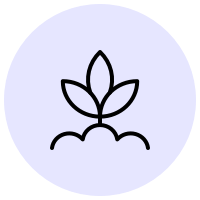
Organic farming
-
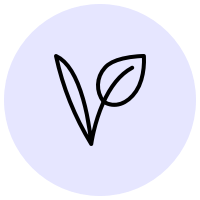
Vegan friendly
-

Hand crafted
-

Ambient yeast
-
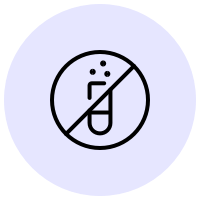
No chemicals
The Wines: Litrozzo Bianco & Rosso
Litrozzo Bianco 2022
Litrozzo Bianco by Le Coste di Gradoli winery is one of those wines that you just want to open with friends - lots of friends, it's a 1-liter bottle. Drinkability embodied by a wine. Made from a field blend of local varietals farmed organically, fermented spontaneously with native yeasts, unfiltered, unfined, no added sulfites.
Litrozzo Rosso 2022
Le Coste Litrozzo Rosso is a red wine from Lazio, Central Italy, made from a field blend of local varietals, fermented spontaneously with native yeasts, unfiltered, unfined, no added sulfites. Litrozzo Rosso is one of those wines that you just want to open with friends - lots of friends, it's a 1-liter bottle - and just enjoy it while having a simple pasta or pizza.
The Producer: Le Coste di Gradoli
Le Coste di Gradoli is a winery located in Gradoli, Lazio, Central Italy, near the volcanic Lake Bolsena. The 14-hectare estate is owned and operated by Gianmarco Antonuzzi and Clementine Bouveron. It comprises of a vineyard, olive groves, chestnut trees, shrubs, and oaks. The terroir of this region is characterized by iron-rich soil and a mild climate - not quite Mediterranean but not fully continental.
Gianmarco and Clementine do everything by hand, adopting a biodynamic approach in the vineyard - Le Coste di Gradoli is certified organic - and low-intervention one in the cellar.
The Region: Lazio
Lazio, Latium in Latin, is located in Central Italy, its capital is Rome and is one of the biggest and most populous regions of Italy. Lazio was first inhabited by the Etruscans and then by the Latins and Romans. Lazio was always a wine producing region and borders with other historically important Italian wine regions - Tuscany (North), Campania (South), Umbria and Abruzzo (East).
The Romans and the Roman Empire as a political and cultural entity had the biggest impact on the development of the region: trade, agriculture, technology, and also winemaking, where deeply influenced by the capital, Rome, known as "Caput Mundi" - the capital of the world. Falernian wine, the most famous wine of ancient Rome and perhaps ancient times, was produced from Aglianico grapes grown the border of Lazio and Campania.
However, after the Barbaric invasions and the fall of the Roman Empire, the region went through several centuries of underdevelopment and winemaking stopped being a central part of everyday life. After the unification of Italy, in 1961, when Rome became the capital of the newly formed nation state, winemaking was rediscovered in an attempt to reestablish the glory of the past.
The Terroir of Lazio
Lazio is a hilly region - Rome is famously built on the "Seven Hills of Rome". These are mostly hills of volcanic origin, which is an ideal characteristic for winemaking as we have seen for other wine regions - Soave, Etna, Taurasi, Sannio among many others.
Volcanic soils tend to be very well-drained and rich in nutrients such as potassium. In a similar way to the soils of Soave and Sannio, Lazio volcanic soils are conducive to growing excellent white grapes. Winds and cool breezes from the Tyrrhenian Sea, Lazio has a long coastline to the West, also play a factor in the region's viticulture, which benefits from relatively mild temperatures and good aeration and is protected to the East by the Apennines.
The White Wines of Lazio
Trebbiano and Malvasia di Candia are the local heroes, usually vinified in a style that prefers roundness and a certain chewiness combined with an off-dry profile. Nowadays things are somewhat different, also thanks to a plethora of natural winemakers who are embracing Lazio's indigenous varietals but are adopting a different winemaking approach.
Lazio's white wines are crisp, light, refreshing and low in alcohol, meant to be drunk young. Acidity is the main element, and winemakers have learned how to capitalize on Lazio's grapes high and yet well balanced natural acidity. Le Coste di Gradoli is one of the best examples of this natural renaissance, which also reinterpreted the ancient skin contact technique.
Some of the most popular whites are Frascati, Orvieto, Est! Est!! Est!!! di Montefiascone - a real hidden gem.
The Red Wines of Lazio
Red wines from Lazio are also going through a major renaissance thanks to natural winemakers. The most important grapes are Sangiovese, Cesanese, perhaps the most representative Lazio indigenous grape varietal, Aleatico Montepulciano, and Nero Buono di Cori. In Lazio, there are more than 200 hundred grape varietals and some of the red wines are field blends of mostly unknown grapes.
Some of the most popular are Cesanese del Piglio (or Piglio), which is the only Lazio DOCG, and Aleatico di Gradoli (a sweet wine) along with Sangiovese and other varietals common in Central Italy, Montepulciano, Sangiovese, Ciliegiolo, and Canaiolo.
Frequently asked question
We will process and ship your order in 2-3 business days, you will receive a shipping confirmation email with tracking as soon as the Carrier scans the shipping label.
Ground shipping time depends on location, here's a breakdown:
West Coast: 1-2 business days
Midwest: 3-4 business days
East Coast: 5 business days
Process time is not shipping time. Shipping time starts from the days successive to the day of shipping, after the order has been processed.
See here our shipping policy.
Signature on delivery is mandatory for wine deliveries. Please make sure someone is at the shipping address to sign for the package.
If applicable, please consider delivering the package to a business address to ensure someone is available to sign for the package.
We also have the option of delivering the package to a Carrier's store for pickup. Please reach out to us to coordinate.
Carrier will try to delivery a package up to three times before returning the package to us.
See here our shipping policy.
If you miss a delivery and a package gets returned to us we have two options:
1) Reship the package right away: due to the very high cost of shipping and returns, we must charge a re-shipping fee to be determined based on package size and shipping destination.
2) Consolidate the returned package with your next order: this option is free of charge and it's the most popular option.
See here our shipping policy.
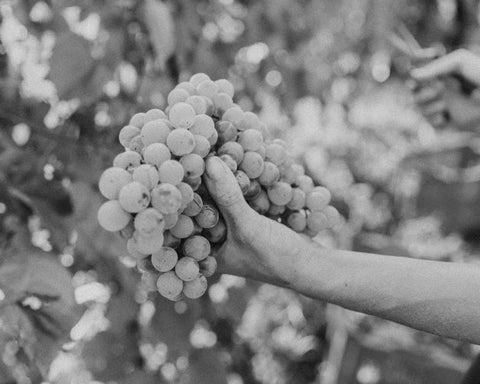
What is natural wine?
Natural wine is a type of wine made in small batches from hand-harvested organic or biodynamic grapes with minimal intervention in the cellar.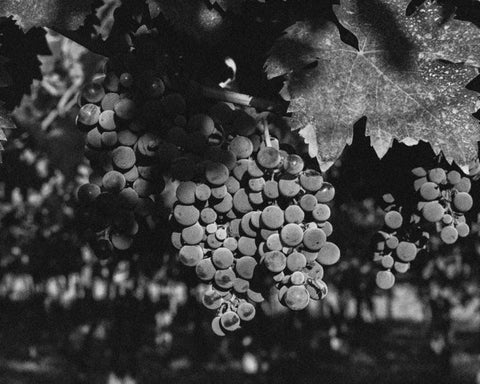
What is Biodynamics?
Biodynamic wine is wine made with grapes farmed biodynamically. Biodynamic farming is a holistic approach to farming.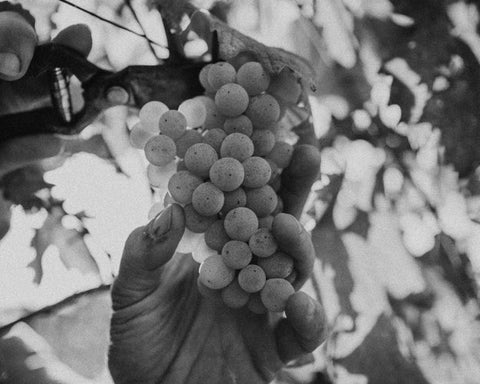
What is organic wine?
Organic wine is made with grapes farmed organically. Organic farming is a type of farming alternative to conventional farming.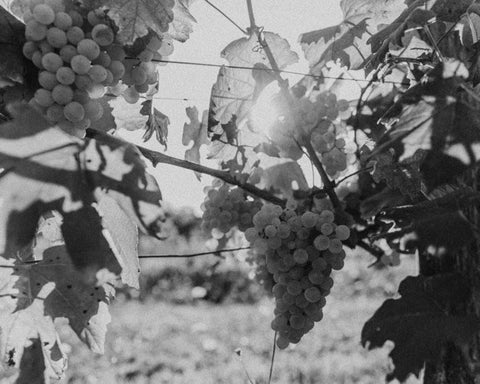

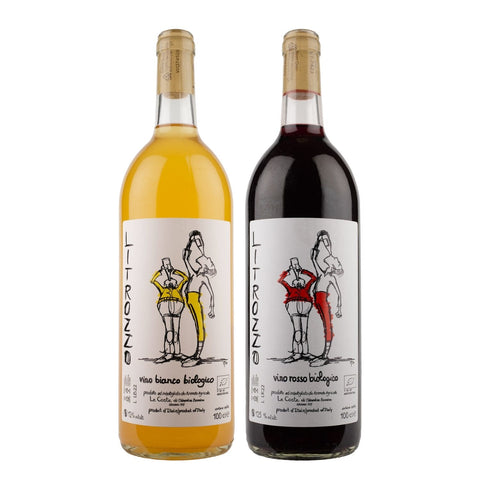
 Wine Details & Food Pairings
Wine Details & Food Pairings